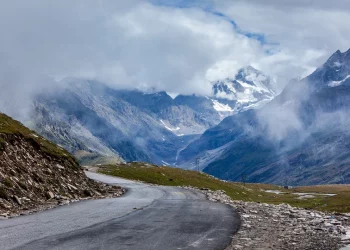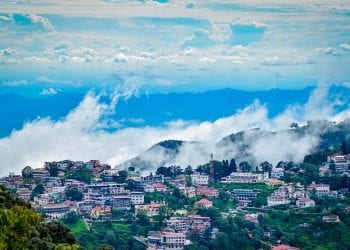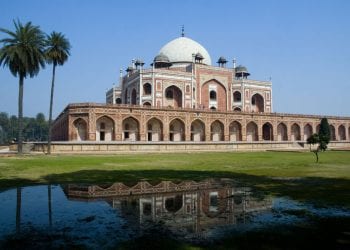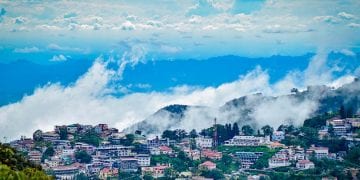Everything You Should Know About Lohri
With the impending arrival of 2020, Lohri is right around the corner as well. In case you belong to Punjab, Himachal Pradesh or Jammu, you would know all about the festival of Lohri. Even if you are not from these regions, you might still be familiar with the festival if you are an ardent Bollywood fan. Remember the famous Lohri song from ‘Veer Zara’ starring Shah Rukh Khan and Amitabh Bachchan? Yes, the song where the protagonists wish everyone a happy Lohri. That’s the same festival we’re referring to here!
The festival is significant for people who are associated with agricultural activities. Since Punjab is predominantly an agricultural state, the festival plays an integral part in the life of the people there.
What is the Significance of the Festival?
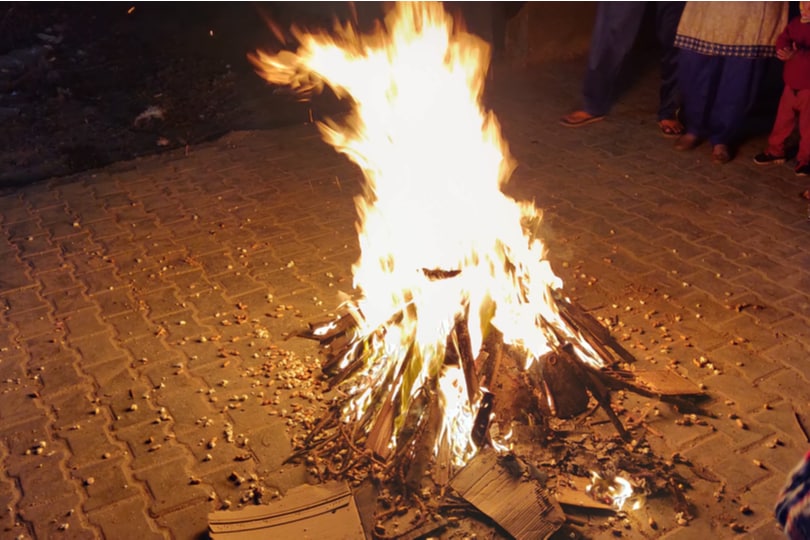
Punjab is one of the states in India that produces a massive quantity of wheat every year, and the crop is crucial for its people. Wheat seeds are sowed in October and harvested between March and April. During January, the crops start showing promise – eventually leading up to Lohri festival celebrations. While today the festival is mostly associated with crop harvesting and happiness, in ancient times, the reason for the inception of the festival was quite different. It began long ago when people prayed to the Sun with chants and Lohri songs to protect them from the intense cold. Gradually, people began singing hymns and prayers by circling a ring of fire. The festival was a tribute to the Sun in the hope that the world would get some heat and warmth.
Other historians have different thoughts. According to them, the ring of fire also kept people safe from wild animals. It also encouraged a sense of community and unity. Traditionally, the young members of the family collected wood from the adjoining jungles. And even today, young girls and boys are still entrusted with bringing wood meant for the fire. Several young married couples also pray for a child during Lohri celebrations. Another myth about the beginnings of the Lohri festival revolves around the story of Dulla Bhatti – a robber who reportedly saved Hindu girls from getting sold. The man also made arrangements for the girls to get married. Some people believe that Punjab began this festival to commemorate Dulla Bhatti every year.
When Will This Auspicious Festival be Held in 2020?
Lohri Makar Sankranti generallytakes place in the middle of January, with Lohri 2020 falling on January 13. The festival is usually celebrated to bid farewell to the winter season that generally happens after January in the Northern parts of India. Apart from that, the festival is also held to celebrate the harvest season.
How is the Festival Celebrated Across India?
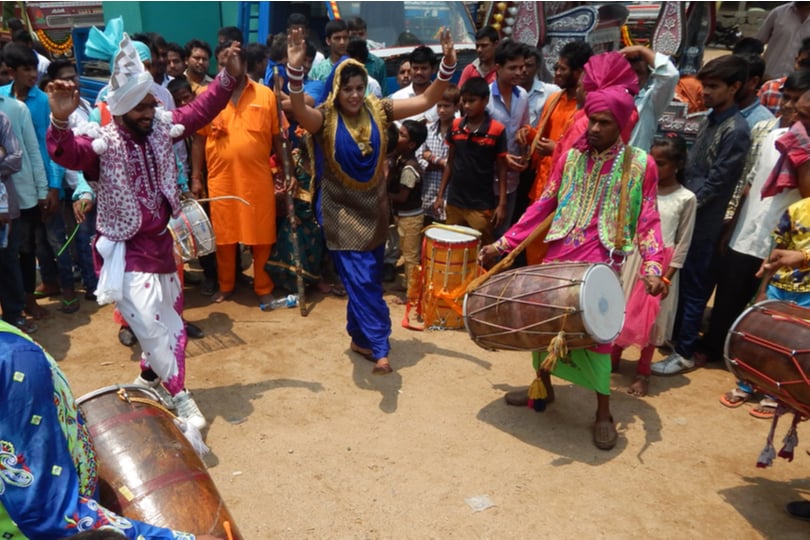
Lohri celebrations take place after the sun goes down. People start the celebration by creating a bonfire in the communal area. Usually, the wood for building a fire is brought by the small children of the city from an adjoining forest or bush. Then the festival commences with dancing and singing Lohri songs in Punjabi. Another important tradition involves people throwing puffed rice, peanuts, rice, and even sweets into the bonfire. People distribute sweets after the chanting and singing of Lohri songs. The ‘prasad’ usually includes jaggery, revri, gajak and phuliya. Lohri concludes after every present member of the community completes the rounds of the bonfire while singing sacred songs.
No festival in Punjab would be complete without Bhangra. Traditionally performed by the men of the Sikh community, Bhangra is a sign of a truly happy Lohri! The women usually perform Gidda, which is another form of traditional Punjabi dance. All dance routines are set to the rhythm of dholaks, drums, and other musical instruments. Those who do not dance participate in the festival by singing popular folk songs of Punjab. Acrobatics, races, and numerous other games are also an essential part of the traditional celebrations. If you visit Punjab or Haryana during the Lohri festival, you will notice that there are several fairs, cultural programs, sports tournaments, and other exciting activities organized in that period. It’s also the best time to savor various Punjabi delicacies from the multitude of food stalls accompanying the festival.
Where is Lohri Celebrated in India?
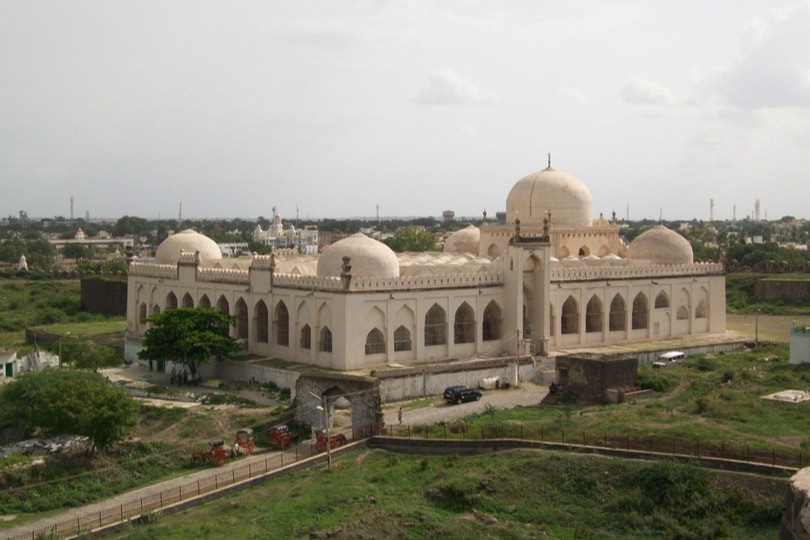
Lohri is celebrated in the Northern parts of India such as Punjab and Haryana, or wherever there is a significant presence of people belonging to the Sikh community. Places such as Himachal Pradesh, Jammu, and Delhi also celebrate Lohri since they have a sizable Punjabi population. To experience authentic Lohri, one should visit places like Ludhiana, Amritsar, Jalandhar, and Delhi. Nowadays, people of different communities also come together to participate in the communal festival of Lohri – especially in metropolitan areas like Kolkata, Mumbai, or Hyderabad.
How is Lohri Celebrated Across India?
In Punjab, people celebrate the harvest festival in the name of Lohri, but across India, Lohri celebrations take place in different forms.
Hadaga
In Maharashtra, Lohri is celebrated as the Hadaga festival where people pray for ample rainfall and a bumper harvest. The people in Maharashtra pray to Lord Indra for a plentiful harvest since Indra is the Lord of Rain.
Bihu/ Bohaggiyo
Further east, the Assamese celebrate Bihu or Bohaggiyo. Lohri and Bihu are similar community festivals, but Bihu is entirely non-religious. People of all religions come together to celebrate Bihu every single year.
Ganga Sagar Mela
Ganga Sagar Mela takes place during the same time as Lohri, and is said to be one of the largest fairs of India. Every January, millions of people gather from all around the country to gather in Ganga Sagar. The festival takes place in West Bengal.
Pongal
Pongal is one of the most famous festivals in Southern India. It takes place around the same time as Lohri. The festival signifies peace and harmony among the people of the world. People from different communities and religions come together to celebrate fraternity and unity.
Makar Sankranti
Lohri and Makar Sakranti go hand-in-hand. It usually celebrates the end of the winter solstice and takes place every year on January 14. It usually celebrates the journey of the Sun towards Uttarayan.
Uttarayan
Uttarayan is celebrated in Gujarat every year on January 14 during the time of the festival to commemorate the Sun. The festival brings people from all communities together across the state.
Which Places Should One Visit to Experience Lohri?
In case you want to experience authentic Lohri celebrations first-hand, pay a visit to the places mentioned below:
Jalandhar
Jalandhar is one of the places in Punjab that, despite being modern and contemporary, loves to celebrate Lohri festival authentically. Not only do they incorporate all the traditions and customs, but you will be able to taste excellent Punjabi cuisine as well.
Amritsar
If you want to enjoy a Happy Lohri, you should visit Amritsar during the middle of January. The festival is a grand celebration with numerous fairs, cultural functions, food stalls, and other activities that will keep you busy.
Chandigarh
Chandigarh celebrates Lohri with great fervor as well. This beautiful city looks even more stunning in the midst of colorful Lohri celebrations.
Find Best Hotels In Chandigarh
Delhi
If you plan to visit Delhi during January, you will be amazed by the scale of Lohri festival celebrations everywhere- the festivities are full of warmth.
So if you are planning to experience Lohri 2020, start making your bookings right away! Join people from across the country and the world as they gather to celebrate and dance around a circle of fire this winter!
Recent Posts
Top Picks
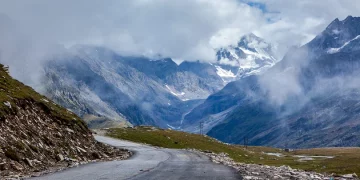
- OYO
 15 April, 2024
15 April, 2024 - Cultural Tour

- OYO
 15 April, 2024
15 April, 2024 - Cultural Tour

- OYO
 15 April, 2024
15 April, 2024 - Cultural Tour

- OYO
 15 April, 2024
15 April, 2024 - Cultural Tour

- OYO
 15 April, 2024
15 April, 2024 - Cultural Tour

Please rotate your device
Please go back to portrait mode for the best experience





 April 15, 2024
April 15, 2024 